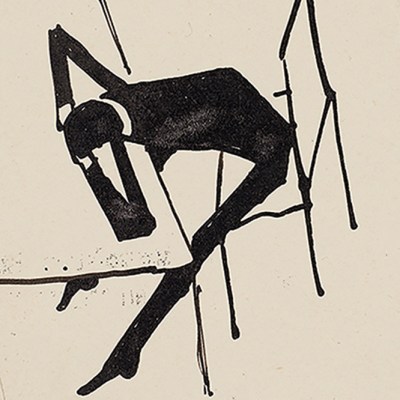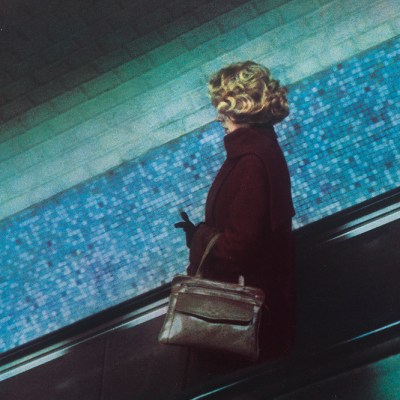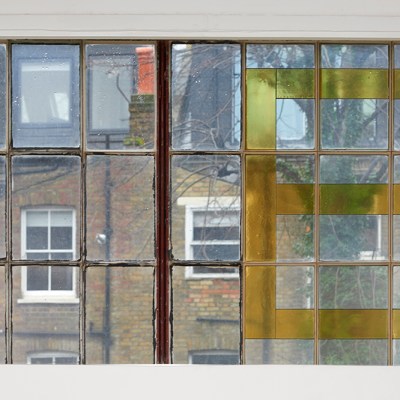From the July/August 2024 issue of Apollo. Preview and subscribe here.
At 50 High Street, Oxford, in the window of a shop now owned by one of the colleges, is a display advertising the Bodleian Library-sponsored event ‘Oxford Reads Kafka’. It encourages passing students to apply Kafka’s wisdom to their everyday lives: a series of posters each beginning ‘Relatable Kafka…’ picks out handy quotations which might offer comfort or guidance in typical undergraduate situations such as ‘essay writing’, ‘fifth week blues’ or ‘falling in love’.
Part of the mystique of Kafka – or of his name, anyway – is his seemingly endless applicability to a bewildering range of situations. The Bodleian’s free exhibition ‘Kafka: Making of an Icon’ contains a wall of press headlines applying the adjective ‘Kafkaesque’ to matters from the Trump impeachments and the Post Office Horizon scandal to the treatment of Alexei Navalny and the policies of Michael Gove. Even so, we might baulk at the jump from ‘often name-checked’ to ‘relatable’ and wonder how an artist whose name is a byword for a senseless world could be repackaged as a life coach to help students make sense of it all.
The problem is real, because people really do relate to Kafka. In a fine cartoon by Judy Horacek, reproduced in the exhibition catalogue, a psychoanalyst reassures a giant cockroach on the couch that ‘nearly everyone feels like they’re in a Kafka story at some stage’. The question is how to relate, or to examine our powerful sense of relation, without attributing the ingratiating quality of ‘relatability’ to Kafka himself, as if this most troubling, exacting and obdurately particular of writers were a kind of modernist Claire Rayner (or, worse, Alain de Botton).
The curators understand that Kafka’s name brings punters through the door. At the same time, they want to remind us how easily we make Kafka a symbol on to which we project our own needs. The exhibition is rich in information that helps counteract such flattening: details that testify to Kafka’s world, his friendships, love affairs and medical obsessions, his relationship to animals and travel, and his complex Jewishness. For example, a particularly fine case displays a letter written in modern Hebrew from Kafka to his teacher, allowing us to see him in the same moment of writing as cultural insider and outsider; linguist, student, friend and potential Zionist émigré.
A postcard sent by Kafka in December 2018 to his youngest sister, Ottilie, depicting ‘Scenes from my life’ (‘Ansichten aus meinem Leben’). Photo: © The Bodleian Library, University of Oxford
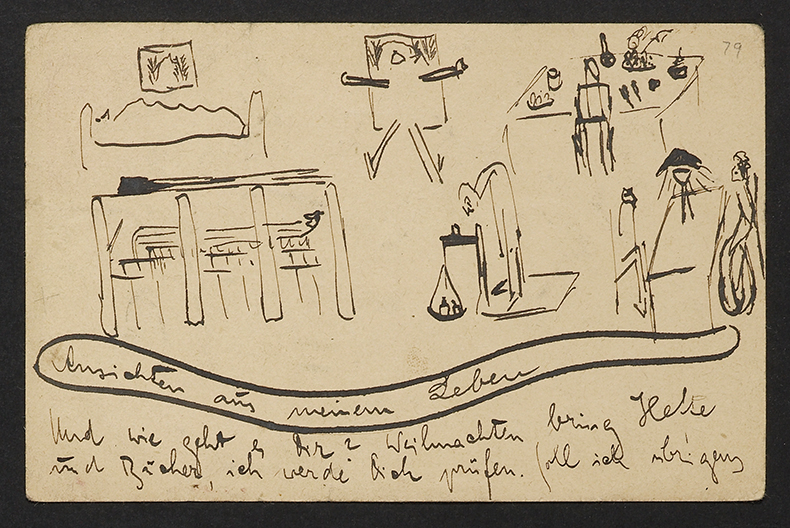
The exhibition examines the process by which Kafka became, in the words of the Czech artist Jiří Votruba, a ‘holy figure’. One aspect of this, it suggests, is his representation as a solitary outsider. One case shows how artists – most famously, Andy Warhol – manufactured a misleading image of Kafka as a tortured, lonely genius by carefully cropping out other people (and, in one case, a dog) from photographs. Nonetheless, it is difficult to approach the subject without reproducing the same abstraction, reverence and portability that surrounds Kafka. This is the central paradox with which the exhibition grapples.
For the most part it does so successfully, though it has its blind spots. Warhol’s huge portrait dominates the very case in which its selectivity is critiqued, as totemic as Alberto Korda’s Che Guevara. Displays recycle visual shorthand: Nazi flags, giant beetles. Most prominently, original manuscripts, including the opening of The Metamorphosis, sit illuminated in the gloom like holy relics. There is, undeniably, a thrill in seeing one of the most famous openings in literature (‘Als Gregor Samsa eines Morgens aus unruhigen Träumen erwachte…’) glowing under glass in Kafka’s spindly hand. Or, for that matter, some of his last words, on rare loan from the National Library of Israel, in which the communications of a speechless patient (‘my right ear is blocked’) share the page with wry aphorisms. These artefacts alone would be worth the price of admission, if there were one.
As it is, we can spend our money in the gift shop, where the question posed astutely in the catalogue – ‘how to reconcile the deep study of Kafka’s life and work […] and the seemingly superficial use of the name and author persona on mugs, T-shirts, or posters?’ – hangs in the air. One way to address it might have been a slightly more candid acknowledgement of what it is the curators think they are up to: some reflection, in other words, about the exhibition as a creative form in its own right. ‘Making of an Icon’ has much to say about how Kafka’s life and work have metamorphosed into different languages, genres and media. We are shown The Trial as a graphic novel, new artworks exploring Kafka and natural history, and an extract of Edward Watson’s astonishing performance as Gregor in Arthur Pita’s The Metamorphosis (2011) for the Royal Ballet.
An exhibition, no less than a comic book or a ballet, is a form of cultural practice with its own conventions, possibilities and limitations. First and foremost it is a spatial arrangement of objects through which we are invited to move, and thereby to make connections between the things we see. As the exhibition catalogue rightly points out, this is not the experience of reading Kafka: his worlds are a mix of ‘uncanny’ and ‘labyrinthine’ interiors, and ‘virtually unmappable exterior spaces’ in which his protagonists are ‘unwilling or unable to join the dots’. Even the formal layout of his writing, with long, dense paragraphs unbroken for dialogue, is conducive to a sense of being in a world arranged according to hostile and unrelatable principles.
Curation of this kind is a guided walk, leading us through a subject according to some larger purpose. That’s a tall order for this artist of impossible topographies and inassimilable details, in whose works we may see ourselves, but never quite get our bearings.
Kafka in around 1906. © The Bodleian Library, University of Oxford
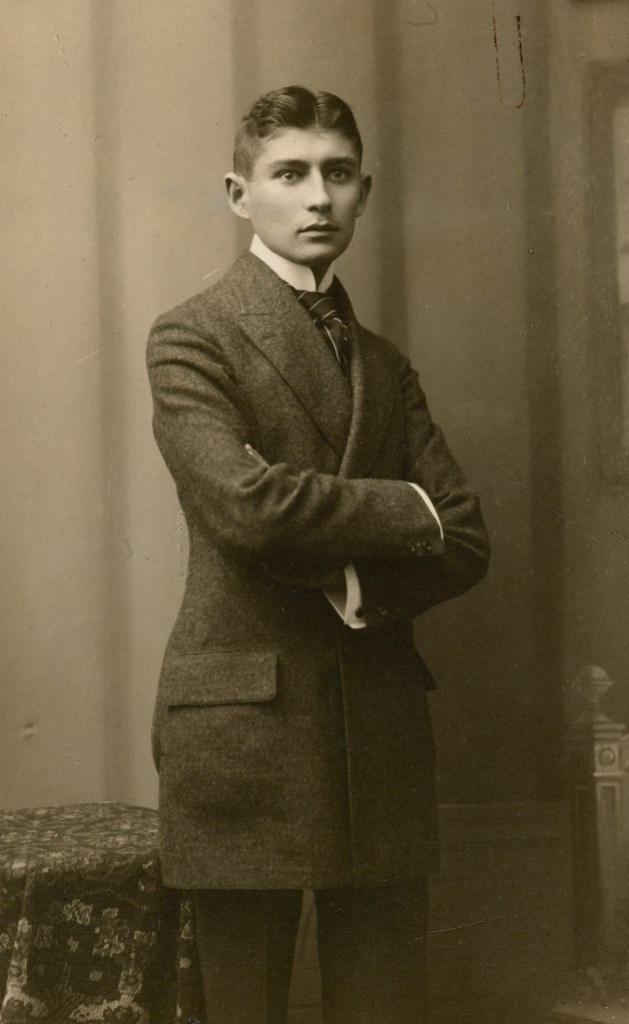
‘Kafka: Making of an Icon’ is at the Bodleian Libraries, Oxford, until 27 October
From the July/August 2024 issue of Apollo. Preview and subscribe here.

